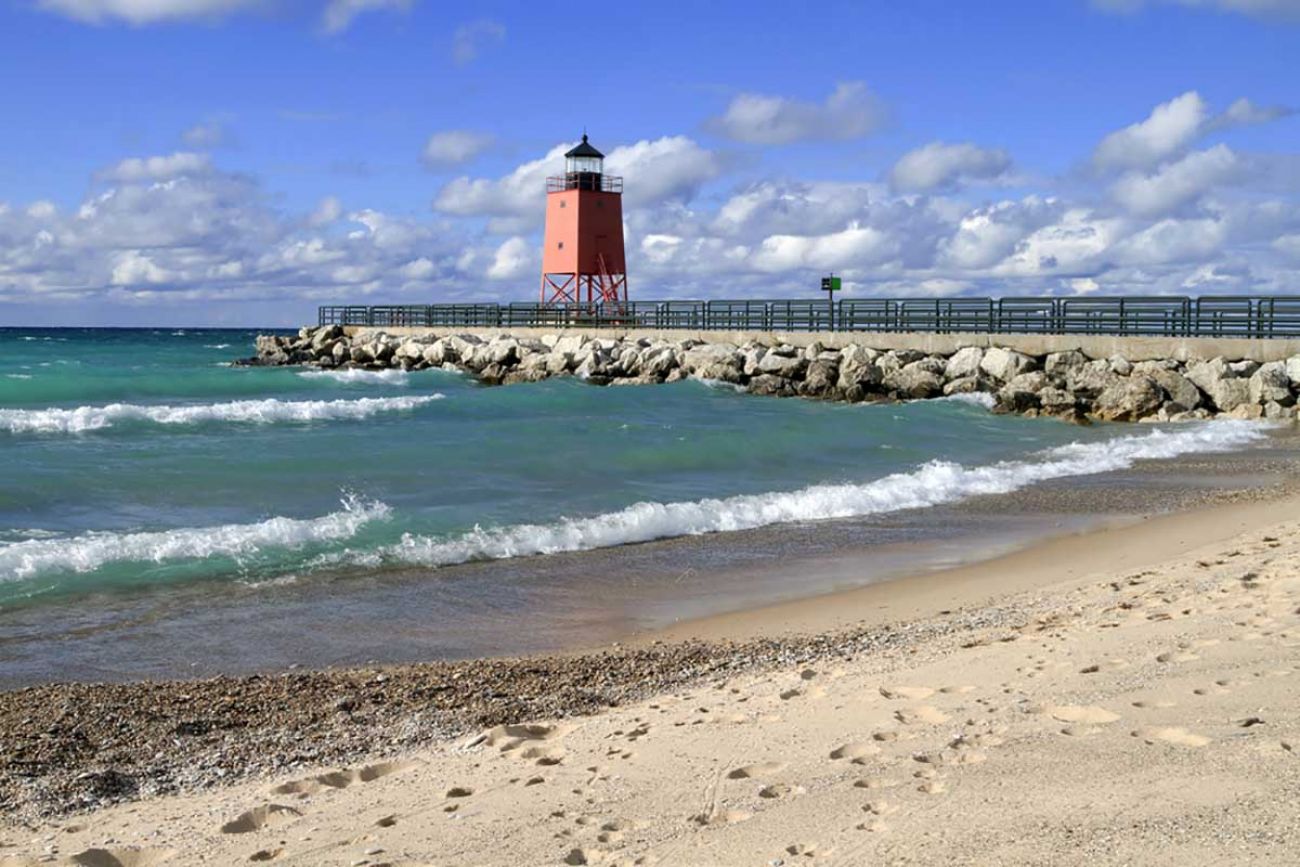Michigan environment roundup: toxic blood, salt bombs and solar power

Bridge Magazine is committed shining a light on Michigan environmental issues in Michigan – even if it isn’t first to break those stories.
So every two weeks, the Michigan Environment Watch will share a roundup of stories on the Great Lakes or other natural resources that Michiganders shouldn’t miss.
It’s an experiment. Let us know if you like it in the comments below and – please – if you see a story we should include next time, use the hashtag #EnviroReads on Twitter or email Environmental Reporter Jim Malewitz at jmalewitz@bridgemi.com.
Belmont woman's blood is 750 times national PFAS average
MLive.com, Jan. 10.
“Sandy Wynn-Stelt has been confronting her own mortality for the past few days after getting some disturbing but not entirely unexpected news,” Garret Ellison reports from Belmont, where folks are still learning the extent of groundwater contamination linked to a former Wolverine World Wide tannery. “Last week, Wynn-Stelt received blood testing results showing extremely high levels of per- and polyfluoroalkyl substances known as PFAS or PFCs in her blood.”
She’s among those wondering whether such tests implicate Wolverine for some of her ailments, Ellison reports, but the company has sought to cast doubt about linkages between PFAS and diseases — and discourage residents from testing their blood.
In Michigan, solar growth meets uncertainty with end of net metering
Midwest Energy News, Jan. 9.
“The number of customers selling electricity back to the grid in Michigan climbed again in 2016,” reports Andy Balaskovitz, citing an annual state report released in December. “The state’s net-metering program, which lets ratepayers sell surplus power back to the grid at retail prices, added 427 customers and nearly 5 megawatts of capacity, most of it from solar.”
Solar fans beware: that momentum could stall, Balaskovitz writes, as Michigan regulators consider replacing net metering with a tariff aimed at better reflecting the value of such distributed generation.
Michigan waste facility seeks OK to treat dioxins, among 'most toxic man-made chemicals'
Detroit Free Press, Jan. 12
“The largest hazardous waste treatment facility, by volume, in the country — US Ecology's Michigan Disposal Waste Treatment Plant in Van Buren Township — is seeking permission to expand its operations even more and wants approval to take in some of the most toxic man-made chemicals on Earth, dioxins,” reports Keith Matheny. The Michigan Department of Environmental Quality is considering the request from a facility the agency cited for 15 violations from 2004 to 2014.
“Incidents included a leak in the hazardous waste landfill’s primary protective liner; toxic leachate spills into surface water; improper venting and monitoring of stored underground hazardous waste; disposing of hazardous waste in nonhazardous landfill locations, and failing to control chemical reactions during processing that caused fires on-site,” Matheny reports.
First Came the Snow Bomb, Now Comes the Salt Bomb
Bloomberg, Jan. 8
That white residue left on your sidewalk when the snow melts? It’s salt, “America’s favorite de-icing chemical,” reports Eric Roston in a national story that’s significant for Michiganders. “More than 15 million tons of the stuff is applied annually, only to wash away with snowmelt or spring rains. But just because it’s gone from your block doesn’t mean it’s gone for good. In fact, it may end up in your faucet.”
That salt is ending up in soil, rivers and elsewhere. Some 37 percent of U.S. rivers are saltier and less acidic than they were a century ago, Roston reports, citing a recently released study. That trend doesn’t bode well for drinking water and certain infrastructure.
Are Great Lakes Emergency Responders ready for an oil spill in the Straits of Mackinac?
Great Lakes Now, Jan. 8
What would happen if Line 5, the aging oil pipeline beneath the Straits of Mackinac, ruptured? Reporter Mary Ellen Geist discussed that nightmarish scenario with Steve Keck, who leads contingency planning and readiness for the U.S. Coast Guard around Sault Ste Marie.
“The good news: Keck says the emergency responders in the area are ready,” Geist reports. “The bad news: right now, 40 percent recovery of spilled oil is considered the best rate possible.”
Michigan Environment Watch
Michigan Environment Watch examines how public policy, industry, and other factors interact with the state’s trove of natural resources.
- See full coverage
- Subscribe
- Share tips and questions with Bridge environment reporter Kelly House
Michigan Environment Watch is made possible by generous financial support from:
Our generous Environment Watch underwriters encourage Bridge Michigan readers to also support civic journalism by becoming Bridge members. Please consider joining today.
See what new members are saying about why they donated to Bridge Michigan:
- “In order for this information to be accurate and unbiased it must be underwritten by its readers, not by special interests.” - Larry S.
- “Not many other media sources report on the topics Bridge does.” - Susan B.
- “Your journalism is outstanding and rare these days.” - Mark S.
If you want to ensure the future of nonpartisan, nonprofit Michigan journalism, please become a member today. You, too, will be asked why you donated and maybe we'll feature your quote next time!



